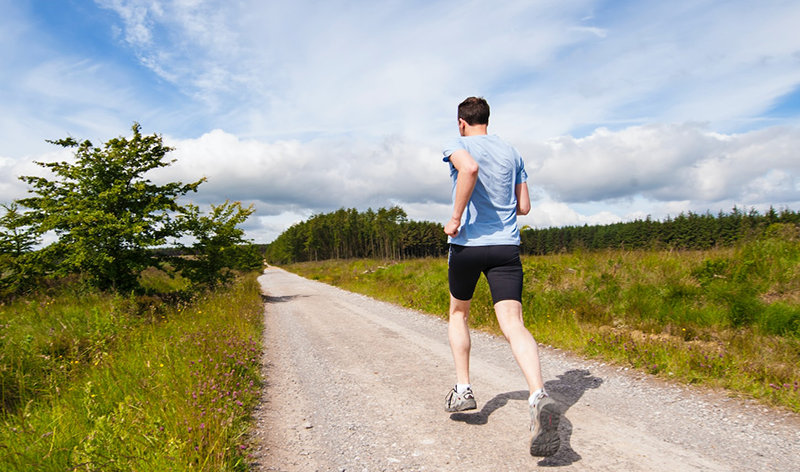How to Move More in a World That Has Never Moved Less

Despite our growing understanding of the importance of exercise, our culture is less active than ever. A majority of Americans fail to meet the minimum physical activity guidelines set out by the World Health Organization. When it comes specifically to adolescents, the situation is even worse: during the COVID-19 pandemic, only 8.9% of teens met the Physical Activity Guidelines for Americans [1]. We’re in something of a physical activity crisis. While some causes are out of your control, there’s plenty you can do to buck the trend.
Ditch the All-or-Nothing Mentality
Many people view the physical activity guidelines (150-300 minutes of moderate-intensity exercise, or 75-150 minutes of vigorous-intensity exercise, per week1) as unrealistic. Seeing that goal as unattainable, they give up altogether, incorrectly imagining that in order to attain any benefit from exercise, they must meet some magical minimum threshold. This is flawed thinking. If you’re currently getting 2000 steps per day, getting 3000 will yield huge benefits to your heart, bone, and brain health. It’s a sliding scale. Don’t succumb to the all or nothing mentality.
Capitalize On Your Commute
As a general rule, the less we have to consciously think about exercise, and the more we can blend it into our daily routines, the more likely it is to happen. If you commute into work every day, this is a wonderful opportunity to get physical activity. If it’s feasible for you, consider biking, walking, or transiting to work. The few extra steps may not feel like much, but over time, the benefits compound. If you’re one of the many people who transitioned to virtual work during the pandemic, prioritize a morning walk anyways.
Leverage Community
It’s much easier to adopt a new habit like walking, running or going to the gym when you commit to doing it with a friend, or as part of a group. Join a fitness class at your local gym, or a running group in your community. If it’s a formal commitment written in the schedule, rather than an idea floating around in your head, you’ll be much more likely to be consistent. If you’re not a group fitness person, find one friend who might be interested in joining you in a new activity. That way, when discipline wanes, the motivation to show up for each other will supersede your instinct to bail.
Sneak in Exercise While Watching TV, or on the Phone
When you “stack” new behaviors onto pre-existing habits, it’s easier to make them stick [2]. Watching television or taking phone calls are great opportunities to mix in a quick movement snack. Train yourself to take calls standing up or find an old spin bike on craigslist and plunk it in front of the TV. Again, the less you have to think about exercising, the better.
The Bottom Line
Exercise is a foundational pillar of a healthy lifestyle, but most of us aren’t getting enough of it. It’s easy to be paralyzed into inaction by all the mixed messages in the fitness industry. The reality, however, is that by starting small, leveraging community, and moving a little more than yesterday, you have the power to transform your physical health.
References
[1] Nagata, J. M., Cortez, C. A., Dooley, E. E., Iyer, P., Ganson, K. T., & Gabriel, K. P. (2022). Moderate-to-vigorous intensity physical activity among adolescents in the USA during the COVID-19 pandemic. Preventive medicine reports, 25, 101685.
[2] Fogg, B. J. (2019). Tiny habits: The small changes that change everything. Eamon Dolan Books.














